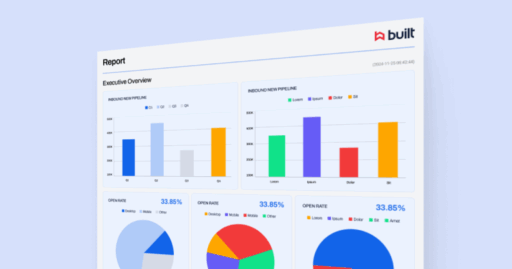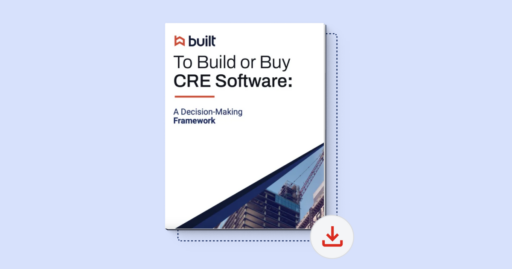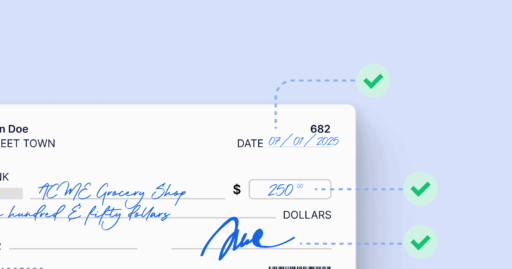Building Blocks: Why Built?

Transcript:
Chase Gilbert:
My name is Chase Gilbert. I am the co-founder and CEO of Built Technologies.
Jim Fraser:
My name is Jim Fraser. I’m the manager of the Lender Channel at Built Technologies. I’ve been financing construction for about 30 years of my professional career as a builder-developer myself, as a planner in a redevelopment agency in Southern California, as a lender on a national platform doing about 11,000 homes a year nationwide, including some time with the FDIC. So, I’ve seen a lot of construction lending from a lot of different vantage points.
At the end of the day, construction finance is about sequencing all those dollars over time to make sure that happens. Since there are so many parties touching that process, there’s a lot of handoffs, and every one of those handoffs is a potential change of information and stuff falls through the cracks all the time. Construction financing is very difficult to get right. Not many projects finish on time and on budget because of the inefficiencies in all of those handoffs. So, our platform actually synchronizes that and allows all those parties to talk as one.
Chase Gilbert:
We must fix construction lending because the predominant source of capital fueling the entire industry is debt. And you must fix construction spending, everything from capital planning decisions, the payment process, compliance documentation like lien waivers or sworn statements, or whether there’s insurance. As well as even things like purchasing and helping people actually make payments digitally or more conveniently based on the method they choose.
There’s this natural waterfall that exists from those that provide capital to those that need capital to the general contractors, the sub or specialty contractors, and all the way down to the suppliers. And there’s natural information silos that exist throughout that chain. We’re trying to help people make better decisions along the way by really using data and creating a lot more convenient experiences as they pay those that need to receive money to build the communities around us.
Jim Fraser:
125,000 construction loans have existed and completed on the platform. Having that mass amount of data allows Built to take that technology and that information and turn it into better tools and better features, and better solutions for every party in the loan. Contractor, owner, lender, inspector, title company, all those parties get the experience of all of that volume over time. And it’s an appreciating asset. As more occurs on the system, more digital value is plowed back into the system, and we’re by far the largest provider of that service in the US.
Two main issues with that interchange of service activity between a borrower and a construction lender have to do with the quality of service and speed of service. The quality part is when I’m asking for a draw against my construction loan, I need to inspect to make sure progress is there, I need to check lien status to make a mechanics lien hasn’t been filed, and the quality of that activity is typically slow because it’s very manual. It’s emails and phone calls. The other part of that is for the lender, the faster I get the money out, the faster and happier my customer is, but also the more interest income I’m making. So the lender and the borrower are actually closely aligned in what they’re trying to achieve, but they need a system to do that, and that’s where Built fits in.
Chase Gilbert:
Within Built for lending, ultimately, we serve those that are financing consumer-related construction projects, like really construction or renovation mortgage products, which is growing in popularity because of the lack of inventory in America. But in the case of a construction loan, we like to joke that that’s when the real work begins. If a borrower or a consumer, in this case, has hired Bob the Builder to build their dream home, that process is extremely frustrating and usually lives on spreadsheets and emails bouncing back and forth. With Built, rather than becoming a LOS or a point of sale or a core servicing platform, we decided we could complement those systems to digitize the construction lending experience. So, no more spreadsheet budget and emails for collaboration. We connect the lender with the consumer. We can introduce the custom builder into the equation really for the benefit of everyone involved.
Jim Fraser:
At the end of the day, the data that you collect across the process of dispersing a construction loan generates very robust reporting that can help you understand where you are on that hypothetical collateral over time. If you don’t gather that data as you go through the process of dispersing a loan, you’re flying blind. Many banks and other financial institutions in 2008 and 2010 blew up because they didn’t have good controls around that process. That’s the pain point we solve.
Chase Gilbert:
I’m very excited to think about how we do improve construction payments and how we can introduce ways that may have previously been impossible. But with technology, we can connect dots that no one’s been able to connect before, and we can rethink the fundamental infrastructure of construction finance by really doing it with our customers. We believe if we can help complement their other technologies as well as with a huge focus on digital payment, so think Venmo for construction payments, that we could ultimately benefit every party involved, whether you’re the payer or you’re on the receiving end of a payment wanting to get paid.






